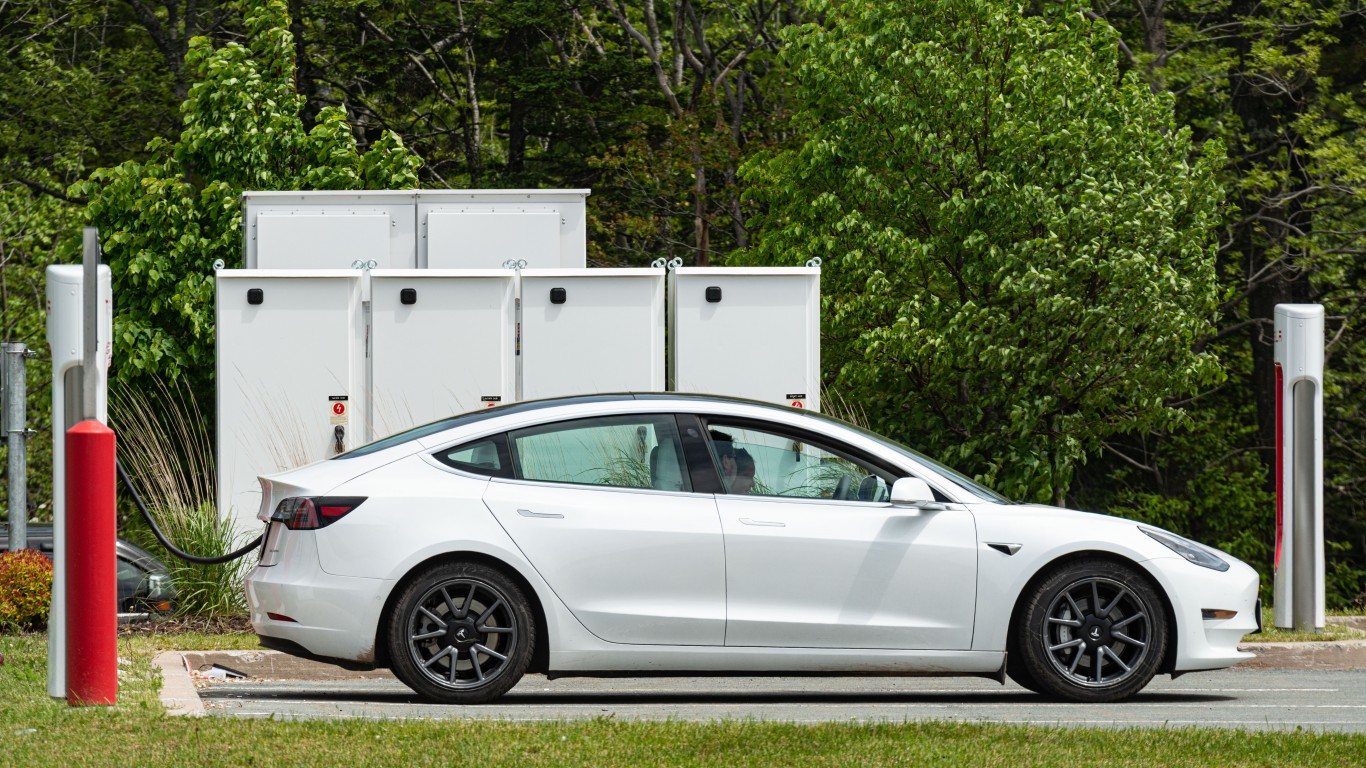
First released in 1997, the Subaru Forester is one of the brand’s most popular vehicles. Something of a crossover SUV, the Forester model was loosely based on the popular Subaru Impreza. However, the Forester offered a boxier shape and style, making it feel like it belonged outdoors. The good news for Subaru is that the Forester has plenty of loyal drivers who swear by it.
On the other hand, the Subaru Forester is an imperfect vehicle that has both good and bad model years. While Subaru would love for you to think that having 90 plus percent of its cars on the road after 10 years is fantastic news, this is only true if the car is worth buying. With this in mind and data from Car Complaints, Consumer Reports, and CoPilot, we’ll look at which Forester model years you should avoid.
Avoid: 2010

While the initial release of the Forester was troubled, it wasn’t until 2010 that you can really say the Forester had a model year to avoid. With 295 NHTSA complaints filed, the 2010 model year saw the highest number of complaints in over a decade. The biggest concern starts with concerns over interior accessories, specifically the seats. Consumer Reports immediately pointed out the discomfort its test driver received from the driver’s seat.
However, 73 NHTSA (National Highway Transportation and Safety Administration) complaints took owner concerns to another level. Unfortunately, it wasn’t just poor support; customers complained about issues such as not being able to adjust the seat height or the seat moving sporadically while driving. Beyond concerns with the seats, brake issues were also present, with Forester brakes randomly failing at the most concerning times while on the road. Just avoid the 2010 model year altogether.
Avoid: 2011
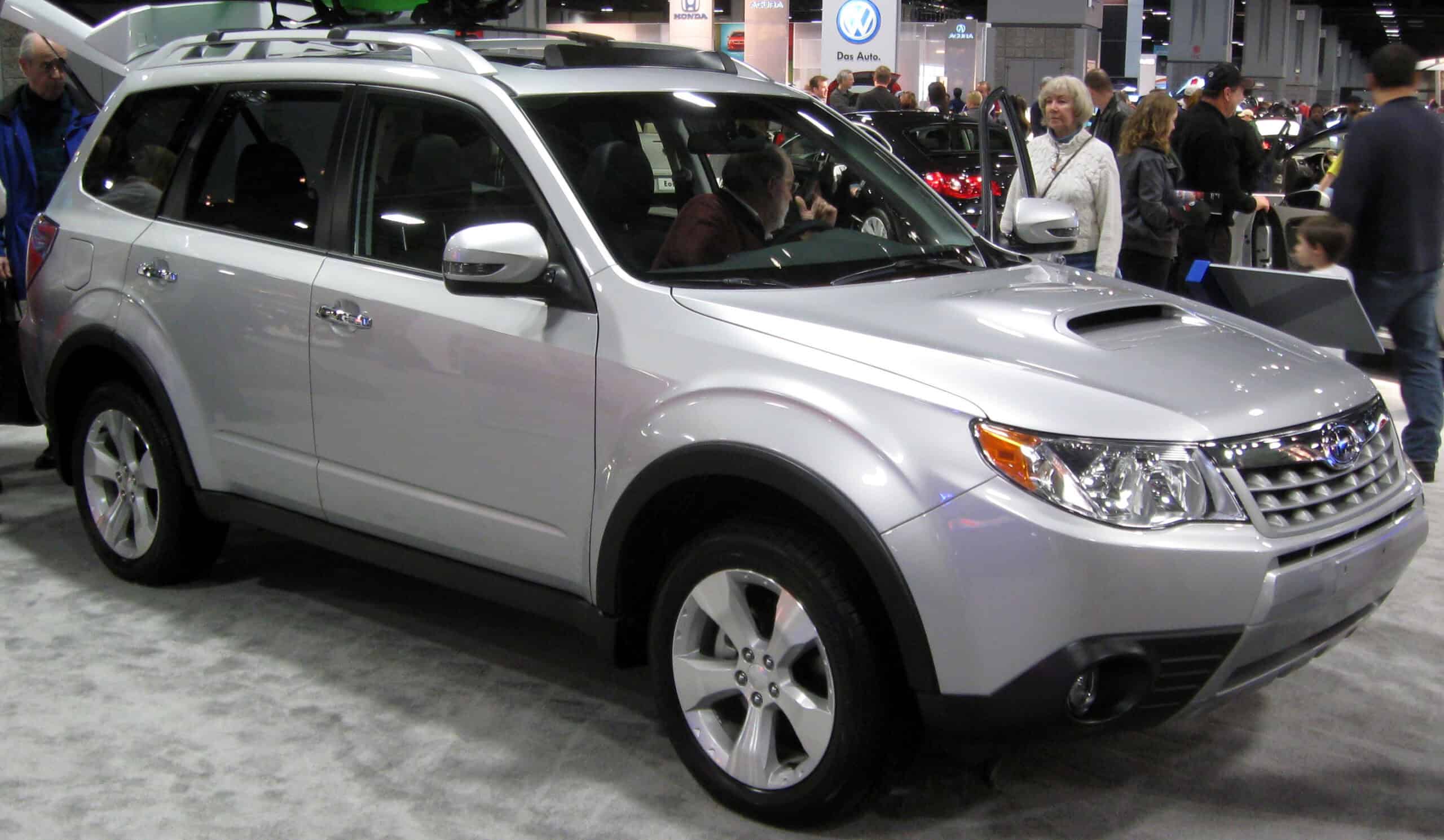
Carrying over many issues from 2010, over 189 NHTSA concerns were filed in 2011. At the top of the list were engine concerns, highlighted by red flags over how the 2011 Forester handled oil and fuel efficiency. Even unexpected accelerations were concerns for Forester owners, who could see average repair costs climb higher as the vehicle approached 50,000 miles and the end of its warranty. There were clear concerns when considering 76 of the total NHTSA complaints focused on the engine.
While engine concerns dominated the 2011 NHTSA complaint list, seat belts, and airbags were topics that bubbled to the surface. Half of the 16 recalls for the 2011 Subaru Forester were related to potential airbag explosion concerns. When you add a concern from Consumer Reports about the unrefined and noisy transmission, it’s clear the 2011 Subaru Forester should be avoided.
Avoid: 2014

The 2014 Subaru Forester is believed to have been the worst model year, and several customer concerns led to its discontinuation. With over 530 NHTSA concerns this year, Car Complaints labels it as the model’s worst year to date. At the top of the concern pile were both engine and oil issues. Regarding the latter, Forester owners would complain about unnecessarily filling up their oil tanks up to four times every 5,000 miles. The worst part is that Subaru indicated this was normal, which it most clearly is not. If excessive oil consumption didn’t anger Forester owners already, engine concerns certainly did.
Among the top flags for the engine were the engine randomly dying while driving, excessive jerking to different speeds while in motion, or random check engine lights. Adding to the mix were also suspension problems identified by Car Complaints, to the tune of 92 separate NHTSA complaints. This led to Forester models starting to shake at random miles. While no injuries or crashes were reported, it was still a major concern for Forester owners, adding to the reasons to avoid the 2014 model entirely.
Avoid: 2015

While Car Complaints considers 2014 to be the worst forester year, it’s 2015 that has the highest number of NHTSA complaints. NHTSA complaints totaling 808 have been filed regarding this model. The engine is at the top of the problem list, with 198 individual complaints. Car Complaints website lights up like a Christmas tree when you see problems like excessive oil consumption, check engine light, blown engine, engine losing power, car not accelerating, and many other engine-related issues.
However, airbags were also another issue that caused headaches for Forester owners. To be more specific, a warning sensor would come on indicating the front passenger airbag was inactive or a separate warning indicating it had been deployed. This unsurprisingly caused plenty of chaos for Subaru owners worried about overall safety.
Avoid: 2016
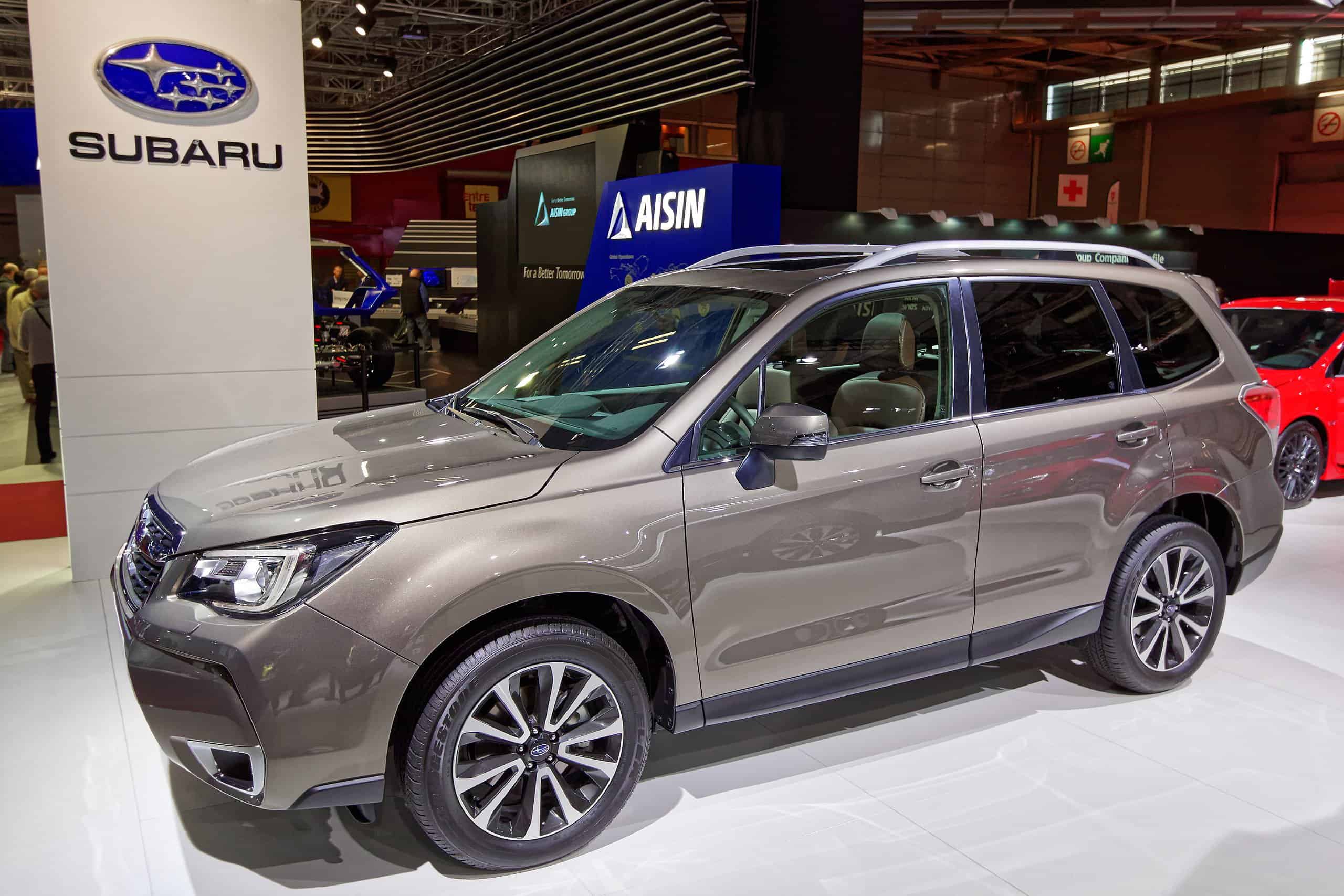
In 2016, the Subaru Forester continued its higher-than-normal NHTSA complaint run to 504 new complaints. For the first time in years, engine issues were not the most prominent concern. Instead, the same airbag issues carried over since 2015 caused the most NHTSA complaint filings. Once again, you see the same issue with the front passenger warning light bouncing between on and off without warning. Thankfully, Subaru issued a recall for this issue, but not until 2019.
Airbag issues aside, Consumer Reports warned anyone considering the 2016 model. First and foremost, they advised that the 2016 model year was not as comfortable as previous Forester releases. The same can be said for cabin noise, which was believed to let in more road noise than in previous years. Lastly, there were concerns over the interior, which customers felt was falling behind competitors, specifically regarding the infotainment experience.
Avoid: 2017
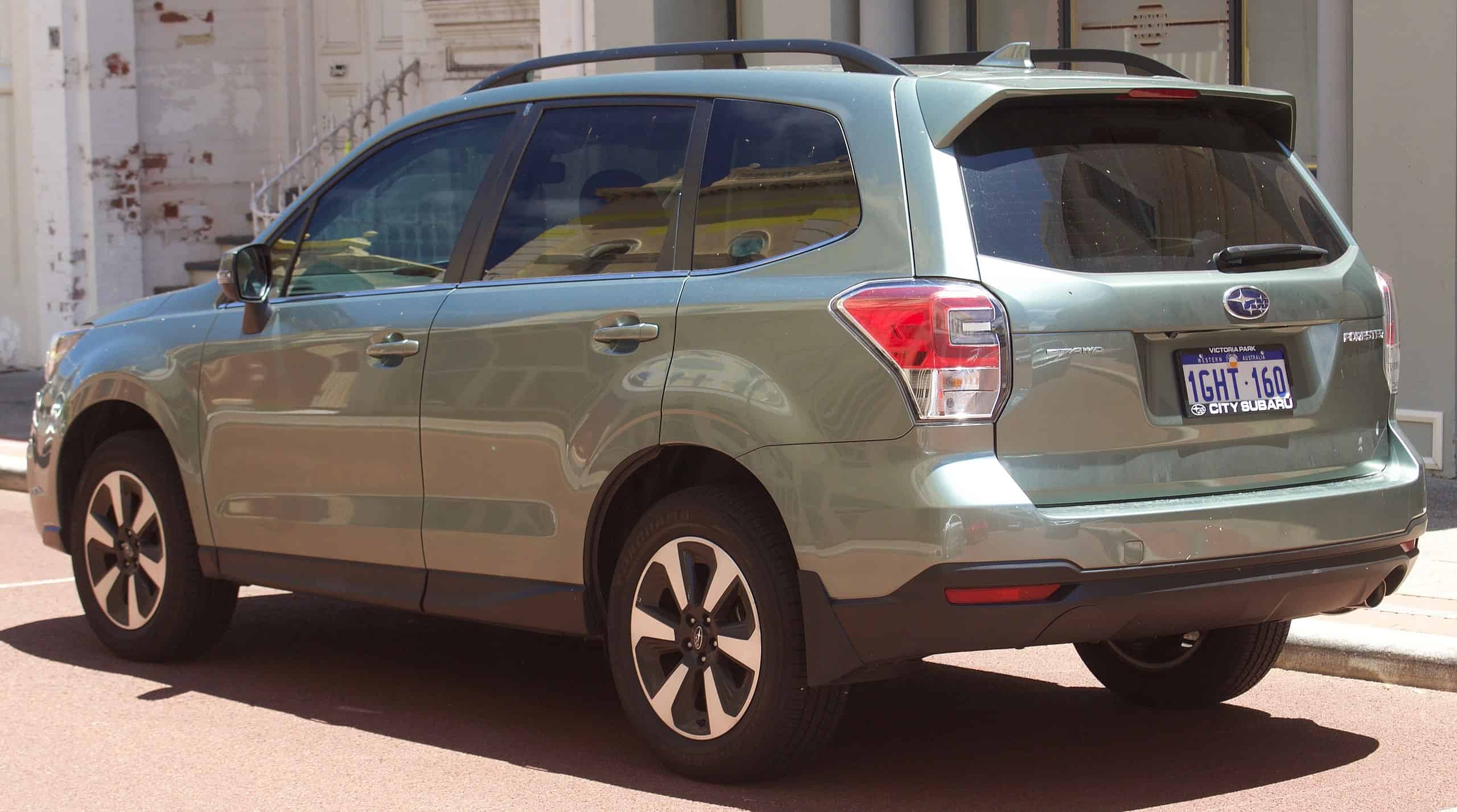
The good news is that 2017 had fewer issues than previous Forester model years but still had separate issues. According to CoPilot, the 2017 Forester had multiple concerns over the radio and navigation system freezing and battery life being shorter than customers would anticipate, often leaving drivers stranded with a dead vehicle. With the battery giving out as early as 25,000 miles, it’s a headache Forester owners shouldn’t have had to worry about.
Of course, another 662 NHTSA complaints regarding issues with the Forester didn’t hurt. Once again, airbag warning lights were at the top of the list. It’s become increasingly clear that Subaru must address a broader issue with the airbag warning light system. However, a new concern grabbed more Forester owners’ attention: cracks would randomly appear in owner windshields for no apparent reason. Over 102 NHTSA complaints were filed solely for this big problem.
Avoid: 2019
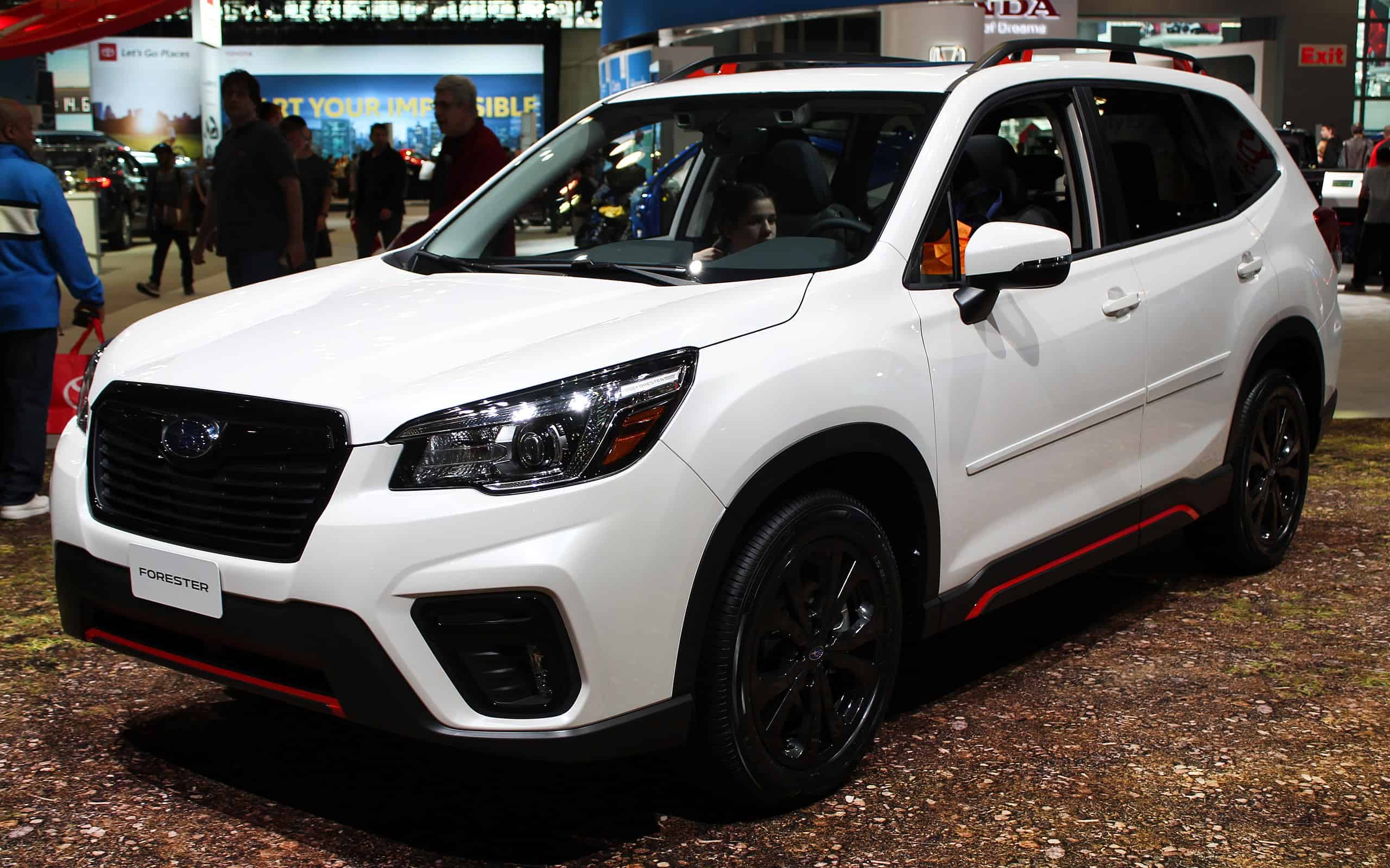
In 2019, you had one of the worst Subaru Forester model years as far as total NHTSA complaints. With 910 filings from Forester owners, this release had larger concerns, making it a year worth avoiding. At the top of the list were once again random cracks appearing in customer windshields. Some customers even indicated they had the spontaneous cracks appearing captured on video, proving there was no fluke. Over 367 complaints were filed in 2019, specifically regarding windshield cracking concerns.
Battery issues were also of concern in 2019, which again carried over from 2017. With the battery dying well ahead of schedule, Forester owners could be left stranded, and there was no easy way to identify which batteries suffered from this early failure. When you add in other issues like the tailgate not operating correctly and being difficult to shut or lane assist not working, there were also larger electrical issues unrelated to the battery, causing Forester owners’ frustration in 2019.
Are You Still Paying With a Debit Card?
The average American spends $17,274 on debit cards a year, and it’s a HUGE mistake. First, debit cards don’t have the same fraud protections as credit cards. Once your money is gone, it’s gone. But more importantly you can actually get something back from this spending every time you swipe.
Issuers are handing out wild bonuses right now. With some you can earn up to 5% back on every purchase. That’s like getting a 5% discount on everything you buy!
Our top pick is kind of hard to imagine. Not only does it pay up to 5% back, it also includes a $200 cash back reward in the first six months, a 0% intro APR, and…. $0 annual fee. It’s quite literally free money for any one that uses a card regularly. Click here to learn more!
Flywheel Publishing has partnered with CardRatings to provide coverage of credit card products. Flywheel Publishing and CardRatings may receive a commission from card issuers.
Thank you for reading! Have some feedback for us?
Contact the 24/7 Wall St. editorial team.

